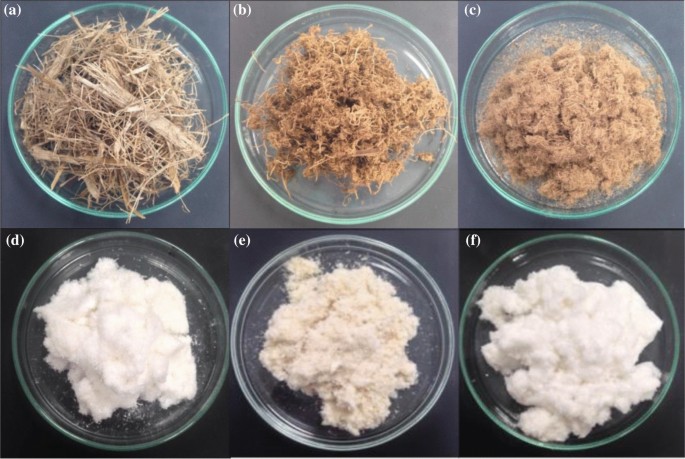From Sugarcane Product to Alternative Fuels: The Diverse Uses of Sugarcane
From Sugarcane Product to Alternative Fuels: The Diverse Uses of Sugarcane
Blog Article
The Journey of Sugarcane: From Harvest to Everyday Products
The trip of sugarcane is a multifaceted process that starts with meticulous growing and finishes in a range of products that penetrate our everyday lives. As we check out the numerous facets of sugarcane's journey, its duty in sustainability and the broader effects for our atmosphere come right into sharper focus.
Growing of Sugarcane
The farming of sugarcane is a vital farming procedure that requires particular ecological conditions and administration practices. Optimal growth takes place in subtropical and exotic areas where temperatures vary in between 20 ° C and 32 ° C. Adequate rainfall or irrigation is vital, as sugarcane thrives in damp soil with well-drained conditions (sugarcane product). Soil quality significantly influences return; hence, farmers usually conduct dirt examinations to identify nutrient demands
This technique assists in efficient harvesting and makes the most of sunshine exposure. Crop turning and intercropping are suggested techniques to improve dirt fertility and lower insect infestations.
Timely application of these plant foods can considerably improve sugar returns. Overall, effective sugarcane cultivation pivots on a combination of ecological stewardship, calculated planning, and continuous management methods.
Harvesting Methods
Successful sugarcane growing culminates in the gathering stage, which is critical for making the most of return and guaranteeing top quality. The timing of the harvest is essential; sugarcane is commonly gathered when sucrose degrees peak, normally in between 10 to 18 months after planting. This period differs based on climate, dirt kind, and sugarcane variety.
Gathering strategies can be broadly categorized right into manual and mechanical techniques. Hands-on harvesting is labor-intensive, counting on competent employees that use machetes to cut the stalks short. This approach enables selective harvesting, where only the ripest walking canes are picked, consequently enhancing overall sugar web content.
Conversely, mechanical harvesting has actually acquired appeal as a result of its performance and cost-effectiveness. Specialized harvesters geared up with cutting knives and conveyor systems can refine big locations promptly, significantly decreasing labor expenses. This approach may lead to the inclusion of immature walking canes and a possible decline in sugar top quality.

Despite the method employed, ensuring that collected walking canes are moved swiftly to processing facilities is essential. Prompt taking care of lessens wasting and protects the integrity of the sugarcane, establishing the phase for optimal handling.
Handling Methods
Handling sugarcane includes a number of crucial actions that change the gathered stalks into useful products, primarily sugar and molasses. The first stage is washing the walking cane to eliminate dirt and particles, followed by the removal of juice with squashing or milling. This process generally uses heavy rollers that damage the walking stick fibers to release the wonderful liquid consisted of within.
Once the juice is removed, it goes through explanation, where pollutants such as dirt bits and bagasse are removed. This is commonly achieved by including lime and heating the juice, enabling sedimentation. The clarified juice is then focused through dissipation, where water content is minimized, resulting in a thick syrup.

Ultimately, the handling of sugarcane not just produces sugar and molasses however likewise prepares for different by-products, which will certainly be explored in subsequent conversations.
Products Derived From Sugarcane
Sugarcane is a functional crop that produces a large selection of items past simply sugar and molasses. Among the main byproducts are ethanol and biofuels, which have acquired importance as eco-friendly power sources. Ethanol, produced with the fermentation of sugarcane juice, acts as a different to fossil fuels and is frequently mixed with fuel to develop cleaner-burning gas, lowering greenhouse gas emissions.
Additionally, sugarcane is a considerable source of bagasse, the original source the fibrous residue staying after juice extraction. Bagasse is used in different applications, consisting of the manufacturing of paper, eco-friendly product packaging, and as a biomass gas for power generation. Its usage not only minimizes waste however likewise improves the sustainability of sugarcane processing.
Moreover, sugarcane-derived products encompass the food industry, where it acts as an all-natural flavor agent and sweetener in numerous cooking applications. In the realm of cosmetics, sugarcane extracts are included into skincare items because useful content of their natural exfoliating residential or commercial properties.
Environmental Influence and Sustainability
The growing and processing of sugarcane have substantial implications for environmental sustainability. This crop calls for considerable water sources, usually causing depletion of neighborhood water materials and affecting bordering communities. Additionally, using fertilizers and chemicals in sugarcane farming can result in dirt deterioration and river contamination, posing dangers to biodiversity.

Sustainable sugarcane farming additionally promotes soil health and wellness via crop rotation and lowered tillage, enhancing carbon sequestration. The fostering of these techniques not only supports environmental honesty yet also enhances the strength of farming areas against climate modification.
Final Thought
In recap, the trip of sugarcane encompasses various stages from growing to handling, inevitably resulting in a wide range of items. The value of sugarcane expands past mere sweeteners, contributing to sustainable energy with ethanol manufacturing, sustainable product packaging using bagasse, and all-natural essences for cosmetics. This complex crop plays a critical duty in both nutritional enrichment and environmental sustainability, highlighting its value in contemporary agricultural and industrial techniques.
Effective sugarcane cultivation finishes in the gathering stage, which is essential for optimizing yield and making sure top quality. The timing discover this info here of the harvest is crucial; sugarcane is usually harvested when sucrose degrees height, normally between 10 to 18 months after growing.Processing sugarcane entails a number of essential actions that transform the harvested stalks into useful items, mostly sugar and molasses.Sugarcane is a flexible crop that generates a vast variety of products beyond simply sugar and molasses. Furthermore, the use of plant foods and chemicals in sugarcane farming can result in soil degradation and river contamination, positioning risks to biodiversity.
Report this page